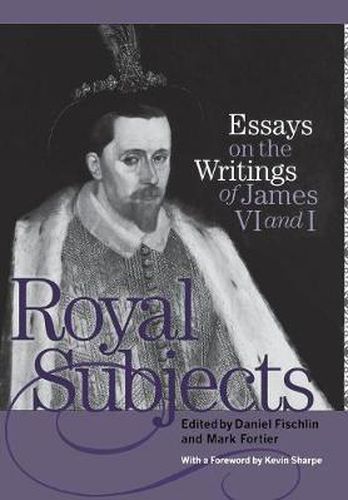Best known for his landmark version of the Protestant Bible, James VI (1566-1625) of Scotland, who succeeded Elizabeth I to the English throne, was truly a monarch of the word. From religious prose and verse, to political treatises and social works, to love poems and witty doggerel, James used writing and the print media to inspire his subjects, govern them, keep his enemies at bay, and even examine his own authority. Until now, the full span of James’s work has received little critical attention by political and literary historians. In this book, 16 leading scholars explore the richness of his oeuvre from a variety of perspectives, and in so doing seek to establish monarchic writing as an important genre in its own right. As religious reformers, Henry VIII and Elizabeth I had produced devotional works, but James VI and I saw writing as central to his rule overall, even though he knew it could invite criticism. He wrote, for example, a treatise on kingship, a controversial argument against tobacco, and an epic poem encouraging ecumenism among Christians. In many cases, his use of genre revealed a sensitivity to cultural power, while his decisions whether or not to print reflected an emergent understanding of writing as a commodity. By examining such topics, these essays delve into central issues of critical debate, including questions of authorship and authority, representation and power, receptions and appropriations of text, and politics of genres and material forms. Through its look at monarchic writing, Royal Subjects aims to enrich our understanding of the reign of James VI and I, and also offers suggestions for approaches to other Renaissance texts and other periods.
Read More





